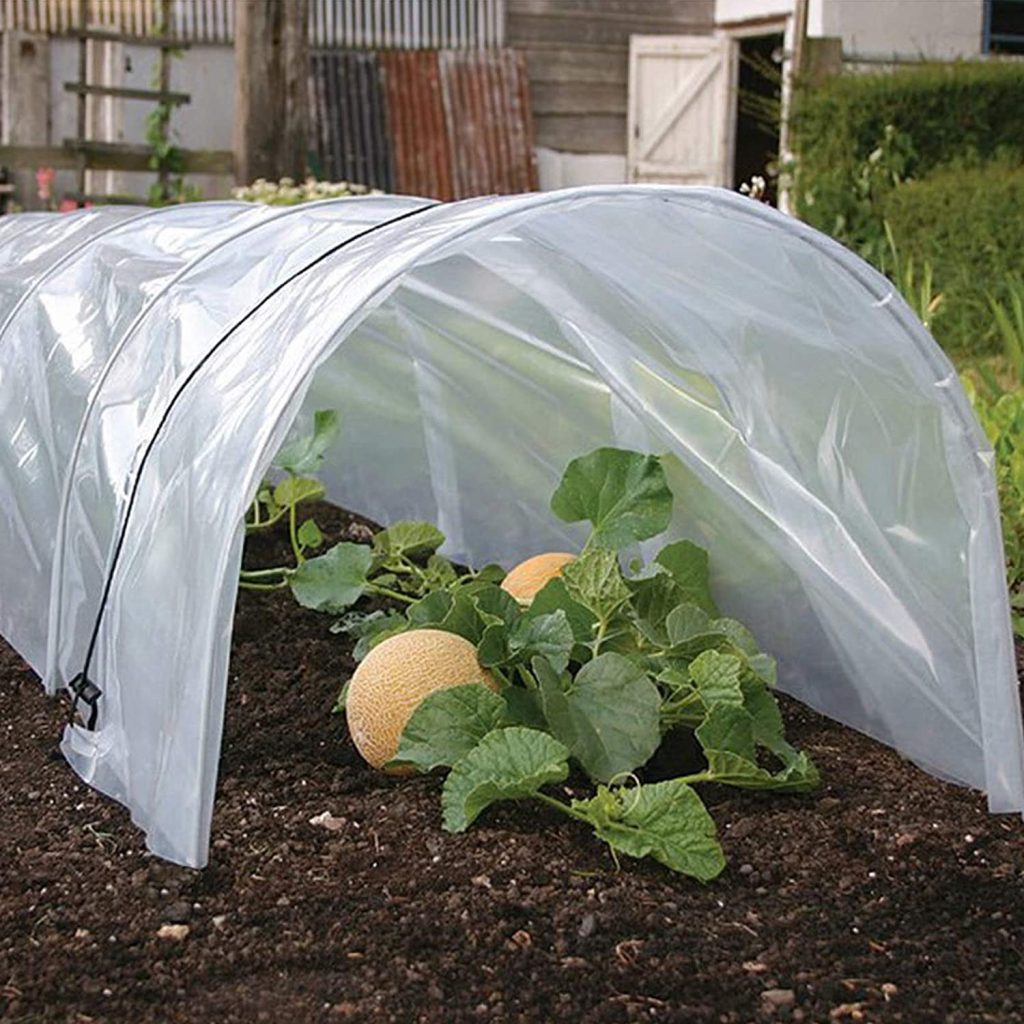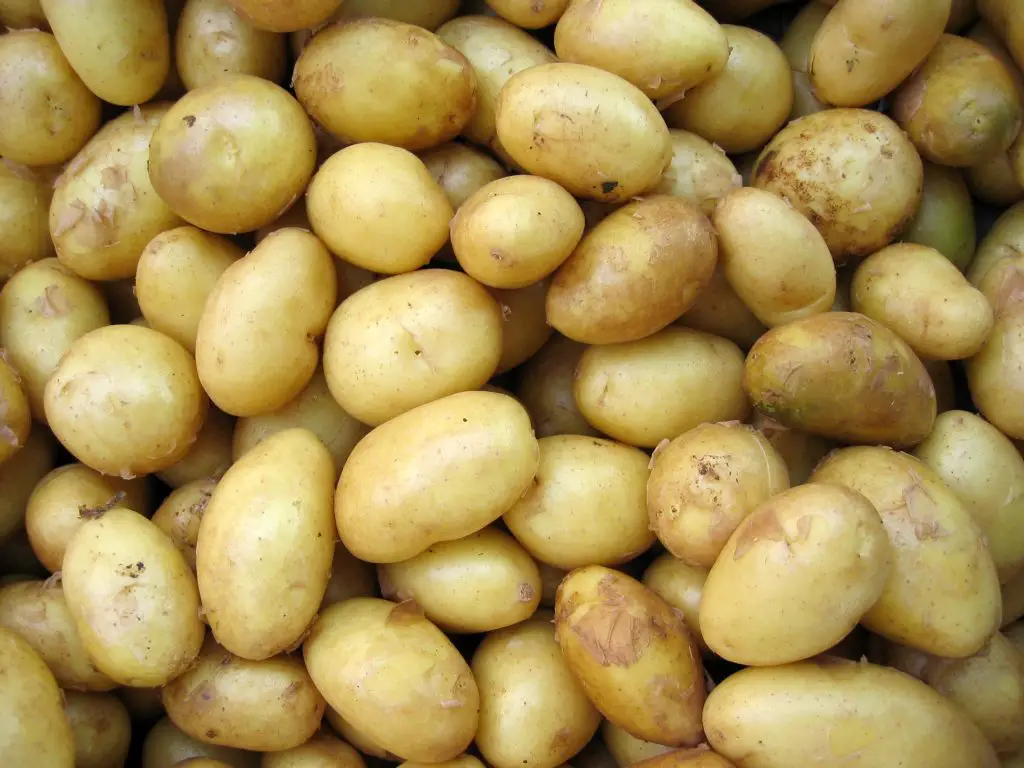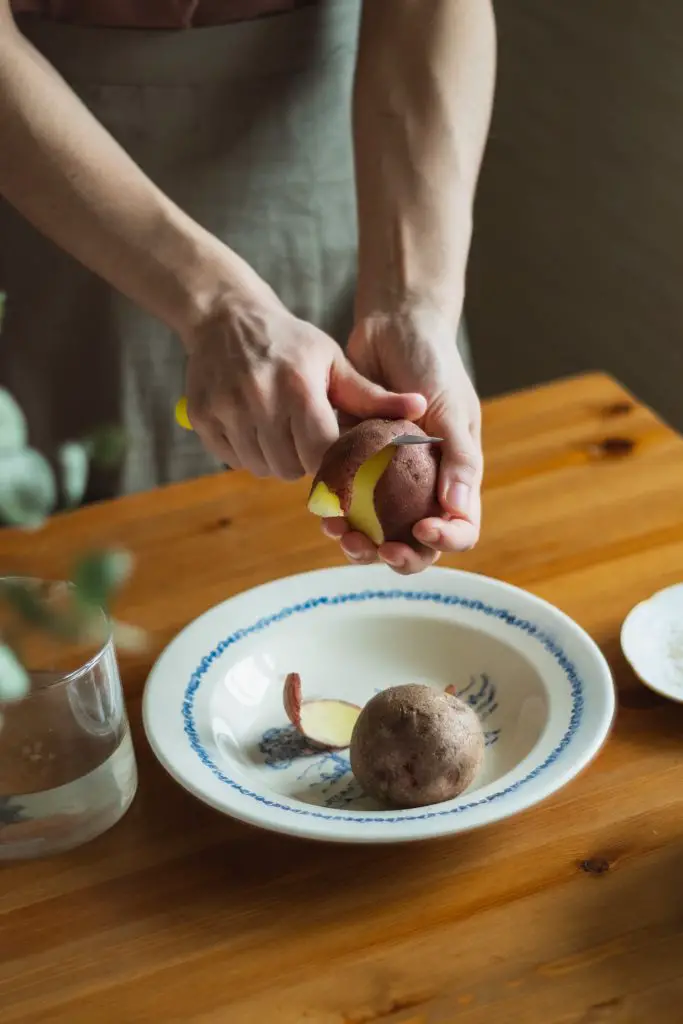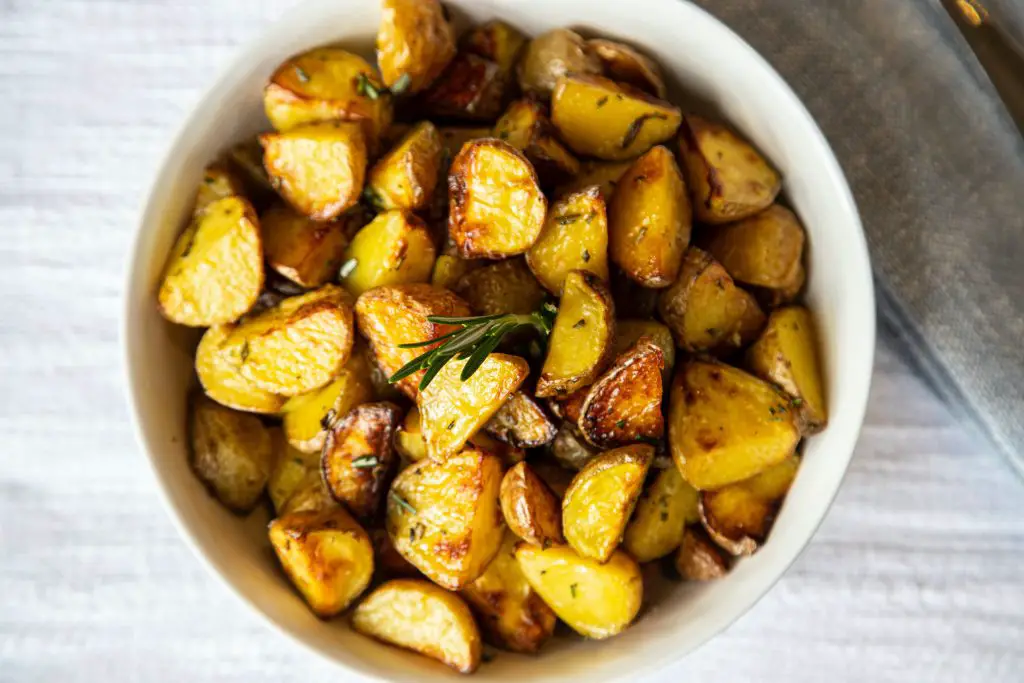Is It Too Late To Plant Potatoes? Potatoes are pretty much the easiest vegetable you can grow in the garden as all you need to do is drop a seed potato into the soil, wait for the plants to grow, and harvest the potatoes around 4 weeks after they flower. However, if you haven’t gotten around to put in your potatoes into the garden you may be asking is it too late to plant potatoes this year?
To achieve a reasonable harvest from your potatoes you typically need to plant them into the ground approximately 120 days prior to the last frost at the latest if you are growing main crop potatoes. However, if you were just trying to grow early potatoes then you can plant them around 90 to 100 days prior to the last frost which for most regions means planting them in mid-to-late summer.
However, as the temperatures get cooler towards the end of the season it may be worthwhile keeping the potato plants a little cooler by using row covers. Row covers will typically keep the potatoes a few degrees warmer which will have a significant effect on your final harvest.
To use row covers it is important to select ones that are relatively tall and wide to ensure that they fit over the plants when they are at full maturity. If you are considering purchasing an item like this try visiting Amazon by clicking the link below to see the latest price.

Extend Your Season With Growsun Row Covers
Can You Buy Seed Potatoes Later In The Season?
If you’ve forgotten to plant your potatoes early one of the common problems that you may encounter is actually being able to get hold of seed potatoes as most garden centers tend to have them available in winter or early spring, so in many cases you may have missed the boat.
If you are having trouble getting hold of seed potatoes the other alternative is to use store-bought potatoes which will grow in the garden readily however the main disadvantage of using them is they haven’t been certified as disease-free and therefore carry a greater risk than purchasing specific seed potatoes.
However, if you are selecting commercial potatoes to grow it is best to look for ones that have already started to sprout as that will accelerate the rate of growth when they are planted into the garden.
How To Extend The Period Over Which Potatoes Can Be Grown
If you are late in putting potatoes into the garden you may need to try and extend the season in which the potatoes can be grown. The major limiting factor is that potatoes are frost-sensitive which means they can be grown longer if you can shield the potatoes from frost.
As mentioned above the easiest way to do that is to use a row cover, however, if you don’t have one of them available anything to keep frost off the plants during the early morning will do fine. For example, old bed sheets will be sufficient to prevent frost from settling on the plants when it is a light frost only.

How To Grow Potatoes
Potatoes really require very little effort to get a fantastic crop. Ideally, they should be planted around 2 to 4 weeks prior to the last frost directly into the garden. Planting at this time will ensure that you get the earliest possible crop. This is because it takes around 2 weeks or so for the potato plants to appear.
Potato tubers can be planted either into grow bags or directly into the garden. Most gardeners will plant early potatoes in grow bags in early spring but to maximize the size of the crop potatoes ideally, they need to be planted into the garden. Early potatoes will typically produce around 1lb (500 grams) per seed potato whereas main crop potatoes will produce around 4lbs (2 kg) per seed potato.
To make the most of the seed potatoes it is recommended that you cut them in half before planting them into the soil. Ideally, main crop potatoes should be planted approximately a foot apart and a foot deep.
Most gardeners typically dig a long trench and place compost at the base of the trench before putting place the seed potatoes at the bottom of the trench. A relatively shallow covering soil is then placed over the plants until they appear a few weeks later.

Once the potato plants are a couple of inches above the ground the soil that was originally moved from the trench can be placed around the plant progressively to produce a mound around the base of the plants.
The mounting up of soil around the plant serves two main purposes the first is to ensure that any tubers that have been grown are not exposed to light. The second reason for mounting at the soil is that potato plants will form additional tubers in the soil above the seed potato so by mounting up you are maximizing the potential yield of the potatoes by providing additional space for the plant to produce tubers.
The process of mounding is usually done a couple of times throughout the growing season as the plant gets progressively taller, however, whenever doing this it is important to ensure that a small amount of the plant is still exposed to light to allow it to continue to photosynthesize.
Harvesting Potatoes
Potato plants are typically ready to harvest a few weeks after they begin to flower. At this point, it is usually worth digging up one of your plants to see what sort of crop you have and leave the remainder in the ground until you need them.
This process will ensure that you get the earliest possible potatoes while still maximizing the total harvest of the plants.

When removing the potatoes it is best to use a fork rather than a spade as you are likely to cut the potatoes in half when digging them out. To avoid damaging the tuber the best way is to start digging a foot wide of where you think the potatoes are and then gently leave them out of the soil until the area is completely clear of potatoes. If there are any small potatoes, even ones size of a pea need to be removed from the ground otherwise they will shoot and begin to produce new potato crops.
If the potato plants begin to die back that is an indication that the potatoes have reached full maturity and will not get any larger in the soil. This is the point at which it is a good idea to dig the potatoes out of the soil particularly if you live in a region where the ground freezes solid as they will be almost impossible to get them out if the ground freezes.
To store potatoes long-term they need to be kept in a cool dark well-ventilated area that is relatively dry. If you do this they will last for several months which will ensure that you can pretty much eat every potato that you produce from your garden.
I hope you found this article useful and have great success growing your potatoes at home in your garden if you have any additional comments or questions please leave them in the section below.
Relevant Articles
How Long After Potatoes Flower Are They Ready?
What Happens If You Don’t Harvest Potatoes?
Can You Compost Potatoes? Or Will They Start Growing?
